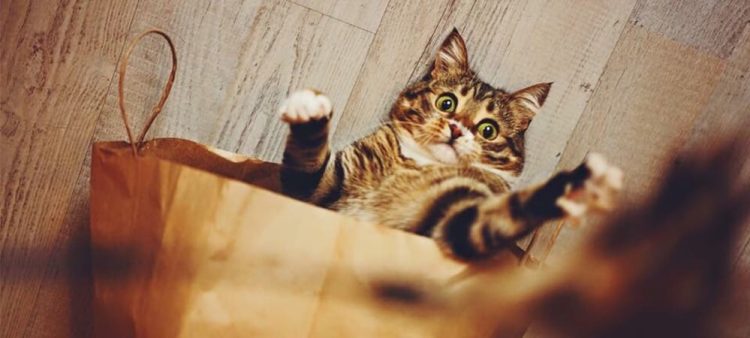Predatory and Prey Instincts in Domestic Cats
The feline species, although heralded as obligate carnivores by the cat food industry, should not be dismissed as potential prey in the wild. This duality is at the heart of their survival instincts, driving their heightened sensory acumen.
Superior Sensory Perceptions in Cats
Cats boast an extraordinary sense of smell and hearing, surpassing even canines—a prowess that aids them in detecting sneaky disturbances in their environment.
Startle Reflex: Cats’ Defensive Mechanism
An unexpected object, like a cucumber, appearing behind a cat may trigger their startle response—a defensive reaction that’s particularly pronounced during moments of vulnerability, such as when they are eating, drinking, or using the litter box.
The Cucumber Conundrum: A Misconception
While it’s been popularized that felines equate the shape and form of a cucumber with that of a serpentine predator, it is more likely the element of surprise, rather than the object’s resemblance to a snake, that elicits such a startled reaction.
Curiosity vs. Fear: Feline Responses to New Objects
Cats, innately curious creatures, typically investigate rather than fear snakes unless they have had a negative encounter. This tendency to explore may debunk the snake-cucumber comparison.
The Ethics of Fright Tactics with House Cats
Before replicating viral videos of cats being startled by cucumbers, consider the unnecessary stress and potential harm this may cause. Engendering anxiety in your pet can have lasting detrimental effects on their well-being and their trust in you.
Promoting Positive Playtime Practices
Rather than yielding to the temptation of eliciting cheap thrills at your cat’s expense, opt for the more rewarding and bonding experience of interactive play with appropriate toys, including those resembling cucumbers, to promote a sense of shared joy.























































